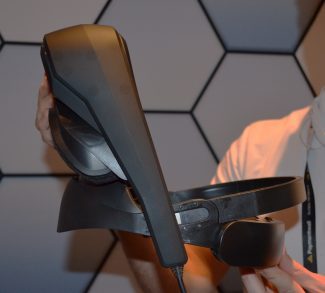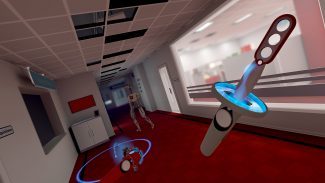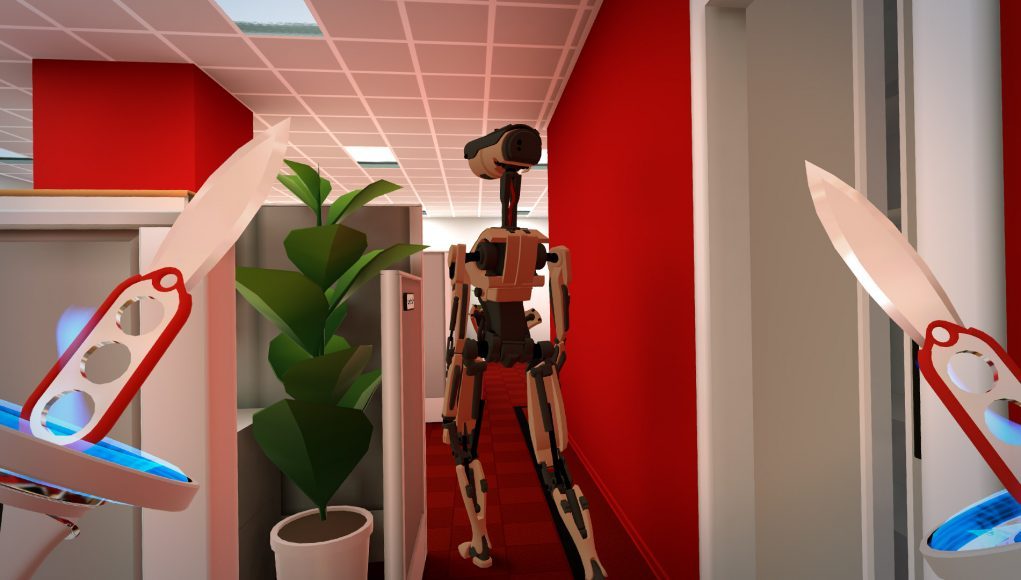Here’s a roundup of news from ‘day one’ of our GDC 2018 coverage. Vive Pro date and price, Magic Leap announcements, Nvidia’s real-time ray-tracing, and Budget Cuts resurfaces.
Vive Pro headset launches April 5th for $800, original Vive drops to $500

HTC have finally revealed the price and release date of the anticipated Vive Pro, opening preorders globally at Vive.com and other retailers. The headset alone is $800, with orders placed before June 3rd receiving a six month trial of the Viveport Subscription content service. At the same time, the original Vive package has dropped by $100.
The improved headset is pitched as an upgrade for current Vive owners, as it works with the original controllers and base stations. It is still not known exactly when the improved controllers and SteamVR 2.0 base stations will be available with the Vive Pro as a full package, or how much that will cost.
No presence from LG at GDC

LG’s SteamVR headset prototype revealed at last year’s GDC featured 1440×1280 displays, redesigned controllers, and impressive headset ergonomics including a flip-up visor. Since then, the project has remained quiet, and there is no sign of the headset this year. The company is still heavily involved with VR development however, and are expected to present some new technology with Google at Display Week 2018 in May.
Magic Leap announcements

Magic Leap has launched the SDK for the device’s Lumin OS, with support for Unity and Unreal engines. Epic Games have detailed Unreal Engine’s support for the Magic Leap One Creator Edition on their blog, which confirms some significant hardware features of the device, including eye tracking, hand tracking, and room scanning. The company is offering a “deep dive” into developing for the headset at a sponsored GDC session on Thursday.
Nvidia RTX

Nvidia have announced RTX, a “highly scalable ray-tracing technology” that can run in real-time on the company’s latest Volta GPUs. Ray tracing is a standard technique for rendering high quality CGI in the movie industry, but its extreme computational demands have prevented it from being practical for real-time rendering in games and other interactive apps. Nvidia’s Volta architecture includes a hardware “ray-tracing engine” which, combined with RTX, appears to be capable of running scenes smoothly in real-time, albeit still with noticeable noise.
Stealth game ‘Budget Cuts’ resurfaces

Developer Neat Corp has appeared at GDC 2018 to show their progress on Budget Cuts, confirming a May 16th release date on SteamVR and Oculus Home. The first-person stealth game was one of the early ‘wow’ moments of VR motion-controller action, but this is the first time we’ve seen their work since the excellent pre-alpha demo from 2016 (which is still available on Steam). The game promises seven hours of content involving stealth, action, puzzles, and bosses.







